Additive manufacturing, also known as 3D printing, allows for “printing” parts at a given point of need so they can be assembled within the concerned machinery. This has helped various industries produce their “product” at their decided pace, eliminating setbacks due to scenarios like machinery failures.
Even though method of manufacturing has changed the way every industry design and produce complex parts, there are times when ensuring consistent quality throughout the printing process becomes a challenge. This is where thermal cameras come up as a powerful solution that offers real-time process visualization, early defect detection, and improved quality control.
This blog discusses the importance of thermal imaging for additive manufacturing companies. It explores the key benefits that Manglam Electricals can especially deliver through their infrared thermal imaging camera.
1. Real-Time Process Visualization:
A thermal camera’s most important and useful advantage is acting as a window into the ongoing printing process. The answer lies in their ability to provide real-time process visualization. These cameras offer a continuous stream of temperature data across the entire build area and are equipped with high-resolution thermal imaging capabilities. This allows operators to monitor crucial aspects in real-time, including:
Material Behaviour: By visualizing the thermal profile of the material being deposited, operators can gain insights into its flow characteristics and identify any abnormalities that might indicate inconsistencies or potential issues. For instance, uneven heating could suggest problems with material feedstock or the printing nozzle.
Melt Pool Dynamics: Monitoring the temperature distribution within the melt pool is critical. Deviations from expected thermal profiles can signal problems like overheating, which can lead to burning or poor material fusion. Conversely, underheating can result in incomplete melting and weak interlayer bonding. A thermal camera allows for proactive adjustments to maintain optimal melt pool temperature.
Surrounding Areas: Thermal cameras don’t just focus on the immediate printing zone. They also capture the thermal landscape surrounding the building area. This allows for monitoring potential heat build-up that could warp the part or damage the printing platform. Early detection of such issues allows for adjustments to cooling systems or support structures to prevent warping.
2. Early Defect Detection:
A thermal image camera offers more than just monitoring the entire process; it can provide operators with end-to-end problem detection capabilities. This is achieved through a feature that allows for the customization of zones overlaid on the thermal image.
Continuous temperature monitoring within these designated zones allows the early detection of potential defects like:
Cracks: Localized areas of rapid cooling or uneven temperature distribution can indicate the formation of cracks within the part. Early identification allows for corrective actions to be taken, such as adjusting printing parameters or adding support structures, to prevent the crack from propagating and compromising the part’s integrity.
Weak Points: Thermal anomalies within specific zones can signal areas with potential weaknesses. By identifying these areas early, manufacturers can take steps to strengthen them during the printing process, ensuring the final part meets the required mechanical specifications. This might involve adjusting scan patterns or utilizing higher laser power in those specific areas.
Spotting and fixing problems early can save a lot of money by avoiding wasted materials and extra work. At the end of the day, keeping clients happy depends on catching problems before they get out of hand.
3. Process Optimization and Control:
When operators have real-time monitoring and catch defects early, they gather valuable data. So, what do experts do with this data? Well, they adapt and evolve. Professionals call it – process optimization and quality control. How do they leverage a thermal imaging camera for this? Here’s how:
Data-Driven Insights: As you read above, thermal cameras provide continuous temperature monitoring throughout printing. This generates valuable thermal data that can be analyzed across multiple builds. By studying this data, manufacturers gain insights into the relationship between process parameters, such as laser power, scan speed, and support structures, and the resulting thermal profile of the part.
Reconsidering Parameters: With these insights in hand, manufacturers can reprogram their machinery for an efficient production process. For example, if thermal data reveals overheating in specific areas, adjusting laser power or scan speed can help achieve a more uniform temperature distribution and prevent warping.
Conclusion
Thermal cameras are the best error correction tools for real-time monitoring, early detection of problems, and fixing them to improve the quality control of your praised deliverables. It is also noteworthy that maintaining your reputation as a trusted supplier of additive parts through flawless production is essential (perfection is in their constitution).
For precise insights into the quality of your deliverables, you need the best thermal imaging camera available at Manglam Electricals. Contact us today to discover how our thermal imaging solutions can benefit your additive manufacturing workflow.

Leave a Reply